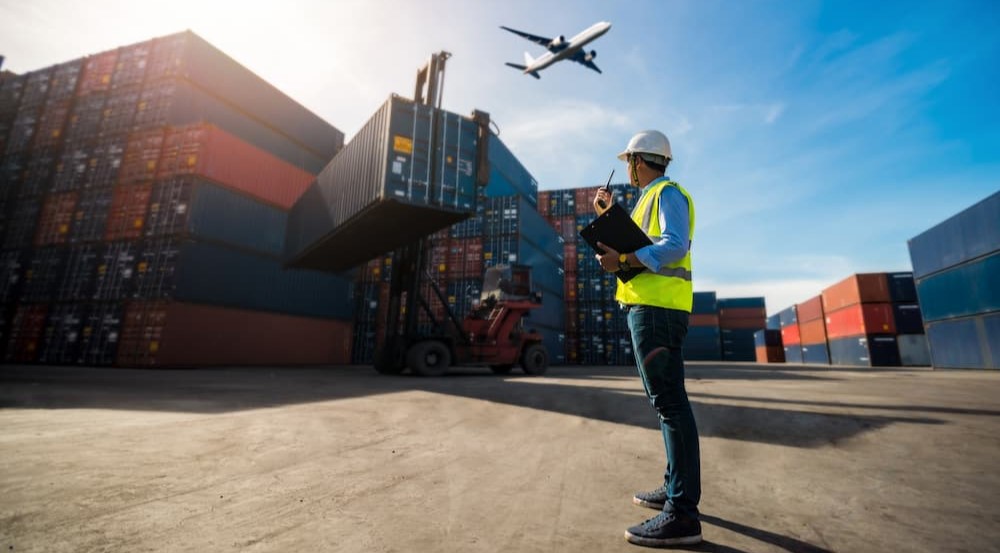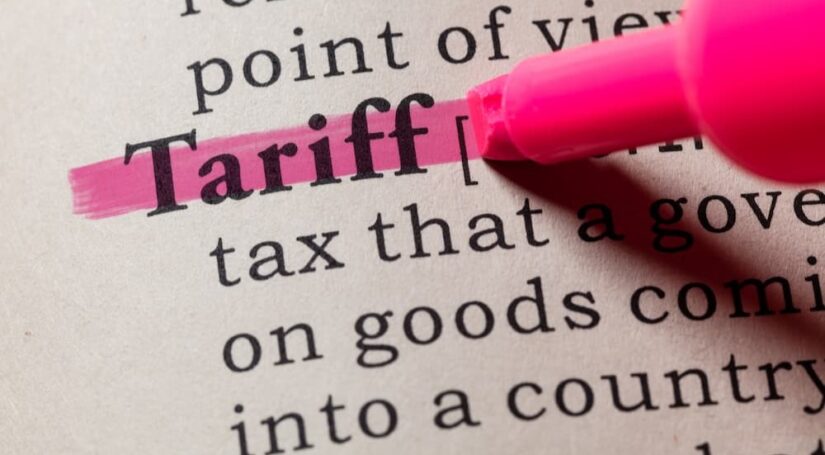The election of Donald Trump for a second term as president could have ripple effects in many industries—and the auto industry is one of them. Right before Thanksgiving, Trump trumpeted on social media that he would sign an executive order imposing a 25% tariff on all goods imported from Mexico and Canada, purportedly as a punishment for them not controlling illegal migration and drug trafficking to the US. This comes on top of previous threats to increase Chinese import tariffs from 27.5 to 60% and UK/European Union (EU) tariffs from 10 to 20%.
Because so many major automakers have manufacturing facilities in these regions, the industry collectively took notice of these proposals. Considering that 1) the first Trump administration enacted an array of tariffs on various countries and goods, and 2) the Biden administration kept and even expanded many of these policies (such as a whopping 100% tariff on Chinese EVs), the potential for new tariffs should be treated as more than bluster. Today, I’m looking at how these proposed tariffs could impact the auto industry, from the companies that build the cars to the people who buy them.
What Is a Tariff?
First, I should quickly discuss what a tariff is for those unfamiliar. Tariffs are import and export taxes by a government or multi-national union. They can be on all goods or specific goods, and the rate can be a fixed amount or percentage; for example, a 20% tariff on an item with a customs value of $5,000 would mean a tax of $1,000. Tariffs are usually levied for one of two reasons: 1) to protect domestic industries and encourage local development by raising prices on foreign alternatives, or 2) as an economic punishment for certain practices.
Tariffs have long been part of US foreign trade policy. Even before the US became a nation, individual colonies often had their own tariffs. Post-WWII, the US began moving away from hefty tariffs in favor of free global trade. Granted, there have been exceptions, such as the 25% tariff on imported light trucks from any country in place since 1964—although loopholes to this tariff abound. (It’s sometimes called the “Chicken Tax” because it was a direct response to US chicken import tariffs from France and West Germany.)
However, tariffs moved back into vogue during Trump’s first term and Biden’s lone term. It appears Trump’s second term could make them even more prominent. Although the current United States-Mexico-Canada Agreement (USCMA) allows duty-free trade if certain provisions are met, there is no legal way to enforce it, leaving the door open for unilateral or bilateral “tariff wars.”
How Could Higher Tariffs Affect Car Buyers?
Considering how big the proposed tariff rates are, they add up to some serious dollars. A $30,000 non-EV vehicle made in China could have another $18,000 added in tariffs, while the same vehicle in Canada could stick an automaker with an additional $7,500 bill. A report by S&P Global predicts that, if no other operational changes are made, the new tariffs could reduce automaker profits by 17% on average for vehicles made in Canada, Mexico, and the EU.
Of course, it’s unlikely that automakers will sit on their hands and absorb the costs of higher import taxes. There are three main courses they can take in response:
#1. Raise the MSRP and/or destination charges of vehicles to account for some or all the added costs. This would restore their per-vehicle profit margin but make it harder to compete against makes and models that don’t have to pay the tariffs.
#2. Find ways to reduce manufacturing and operational costs. This would help them keep prices down but could make the vehicles less attractive to buyers if it means using inferior materials and outdated designs.
#3. Move more production to the US or other areas not subject to the tariff. This presents the best long-term solution for profits and vehicle quality but is the most difficult to implement. The tech company Magna estimates it can take several years to get a new automotive manufacturing plant up and running—and by then, the tariffs that spurred it may not even exist anymore. As a real-world example, the Volkswagen Group announced a new Scout Motors manufacturing plant for South Carolina in March 2023, broke ground in February 2024, and hopes to have the plant production-ready sometime in 2027.
Which Automakers Will Be Most Affected?
At this point, it’s easier to count the automakers that don’t have a presence in the countries that would be subject to the proposed tariffs. Ford, Audi, Honda, Mercedes-AMG, Volkswagen-AG, Nissan, and Porsche are just a few of the companies with at least some production done in Canada, Mexico, the EU, and/or China.
However, some clear delineation can be made. Per the S&P Global report, GM and Stellantis could be highly affected because so many of their vehicles are currently manufactured in Mexico; these include popular nameplates like the Chevy Trax, Ram 1500, Chevy Blazer, Jeep Compass, and Chevy Silverado/GMC Sierra. Companies like Jaguar Land Rover (JRL) that make a high percentage of their vehicles in the EU are also at major risk.
Conversely, some automakers are less likely to be impacted. BMW and Mercedes-AMG were singled out by S&P Global as being “more contained.” Ford, Toyota, and Honda will also likely be less affected because of their large existing US footprints. Currently, Ford assembles more vehicles in the US than any other automaker, with 80% of them sold here. The percentages are about 70% for Honda and 50% for Toyota.

How Have Automakers Responded to Existing Tariffs?
Of course, it’s one thing to speculate and another to see what happens in practice. As such, I want to look at how a couple of automakers have responded to previous tariffs. While S&P Global thinks Volvo could be highly affected by new tariffs, the Swedish automaker has already shown the ability to adjust on the fly. In 2018, China answered the US tariff hike from 2.5 to 27.5% with a 40% retaliatory tariff on imported US goods.
Volvo responded to this one-two punch with a few moves of its own. First, it decided to severely limit exports of the South Carolina-made Volvo S60 midsize sedan to China. Second, it began importing the US-sold version of the XC60 crossover from its Swedish manufacturing plant instead of the Chinese plant. Finally, it slashed US imports from China of the S90 full-size sedan to 25-30% of the previous amount. All these moves were aimed at paying as few tariffs as possible to keep costs down.
Here are some other ways automakers responded (and continue to respond) to the initial late-2010s round of tariffs:
- BMW expanded its South Carolina facility, making it the largest plant the company operates.
- Mini (part of BMW) has held off releasing the Mini Cooper SE EV in the US since it’s currently only made in China.
- Ford canceled plans to import the Ford Focus Active crossover from China, officially ending the Focus nameplate’s presence in North America.
- GM announced layoffs due to increased steel and aluminum import prices due to tariffs.
- In the motorcycle world, Harley-Davidson has shifted more of its production to Thailand to avoid China and EU tariffs on bikes sold there.
What’s to Come From Auto Tariffs
There are still more chapters to be written in the story of US tariffs and how they will change the auto industry. The effect has already been notable over the last eight years, and new tariffs could lead to even more changes and upheaval. Although it remains to be seen what, if any, new tariffs could be enacted, it’s something every American should be keeping an eye on and factoring into their vehicle-buying decisions.




